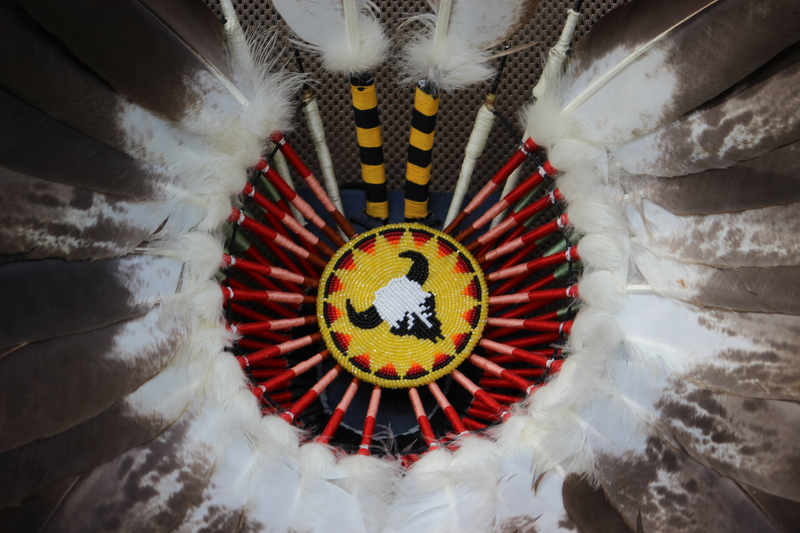
- Details
- By Kaili Berg
The United States Census Bureau has released a Facts for Features which presents key statistics for the American Indian and Alaska Native population in honor of Native American Heritage Month for November.
In 1990, President George H. Bush signed into law a joint resolution designating the month of November as the first National American Indian Heritage Month. That year’s U.S Census identified 1.96 million people classified as American Indian and Alaska Native.
Moving forward to 2023, we now celebrate National Native American Heritage month every November. For the first time ever, Native Americans are one of the fastest growing ethnic group in the country. Since 2010, the number of people who identify as Native American and Alaska Native has nearly doubled, to 9.7 million.
That number is still only 3 percent of the entire U.S population, putting the category far behind Hispanics (19 percent) and Blacks (more than 12 percent). After centuries of slaughter, dislocation, and forced assimilation, the possibility that American Indians may be on the rise is big news.
Among the people who specified an American Indian tribal affiliation, Cherokee was the largest American Indian population alone or in any combination population group in the United States with 1,513,326 people. The Navajo Nation was the most common American Indian alone response with 315,086 people.
Among the 171,000 respondents who identified with a specific Alaska Native tribe, Yup’ik (Yup’ik Eskimo) was the largest Alaska Native alone group in the United States with 9,026 people. Tlingit was the largest Alaska Native alone or in any combination group with 22,601 people.
The number of distinct, federally recognized American Indian reservations in 2022, including federal reservations and off-reservation trust lands was 324. The total number of federally recognized Indian tribes in 2023 was 574.
The largest federally recognized Indian reservation is the Navajo Nation, sprawling across 16 million acres in the Southwest. Around 56 million acres are held in trust by the federal government for various Indian tribes and individuals.
In addition, the 2020 Census added Mayan and Aztec as possible suggestions for write-in responses to the American Indian category. Hispanic respondents who also indicated indigenous identity accounted for 1.8 million of the increase in people selecting American Indian and Alaska Native.
Although the American Indian and Alaska Native population in the U.S may not represent the largest racial or ethnic group, it is safe to conclude that more people in the U.S. identify as American Indian and Alaska Native than in 2010, which is an important part of our nationwide demographics.
More Stories Like This
Native News Weekly (August 25, 2024): D.C. BriefsUS Presidents in Their Own Words Concerning American Indians
Federal Judge Orders ICE to Halt Use of Pepper Spray, Arrests of Peaceful Protesters in Twin Cities
Tunica-Biloxi Cultural Leader John D. Barbry Walks On
Next on Native Bidaské: Federal ICE Activity in Minneapolis: Ruth Buffalo’s Perspective
Help us defend tribal sovereignty.
At Native News Online, our mission is rooted in telling the stories that strengthen sovereignty and uplift Indigenous voices — not just at year’s end, but every single day.
Because of your generosity last year, we were able to keep our reporters on the ground in tribal communities, at national gatherings and in the halls of Congress — covering the issues that matter most to Indian Country: sovereignty, culture, education, health and economic opportunity.
That support sustained us through a tough year in 2025. Now, as we look to the year ahead, we need your help right now to ensure warrior journalism remains strong — reporting that defends tribal sovereignty, amplifies Native truth, and holds power accountable.
 The stakes couldn't be higher. Your support keeps Native voices heard, Native stories told and Native sovereignty defended.
The stakes couldn't be higher. Your support keeps Native voices heard, Native stories told and Native sovereignty defended.
Stand with Warrior Journalism today.
Levi Rickert (Potawatomi), Editor & Publisher


